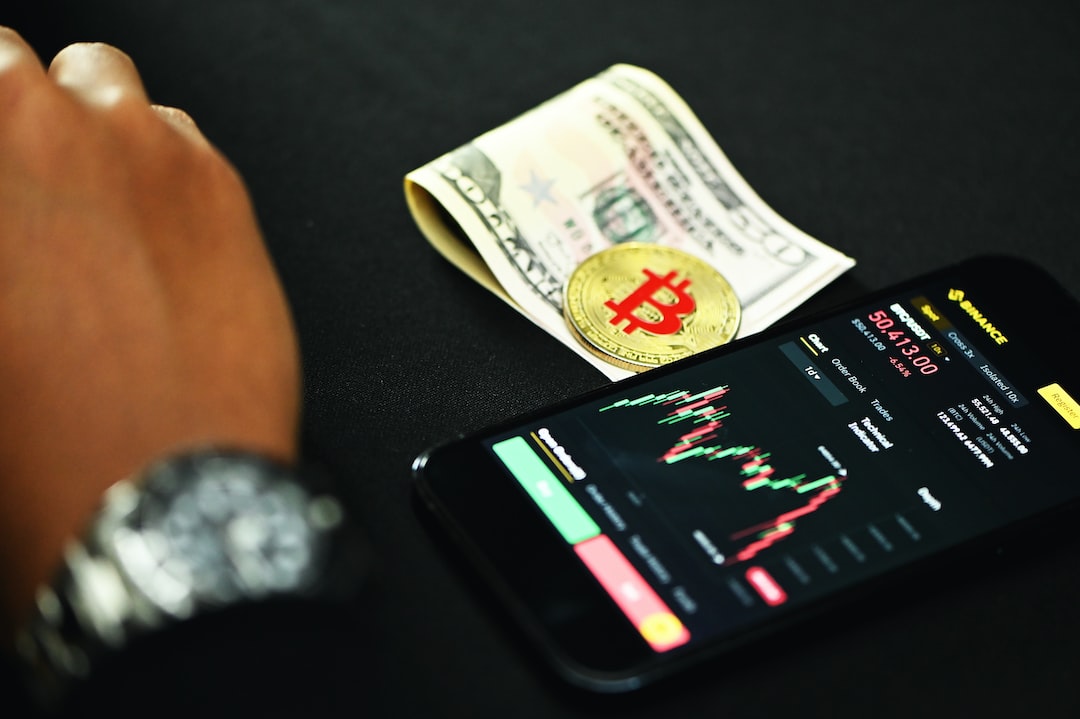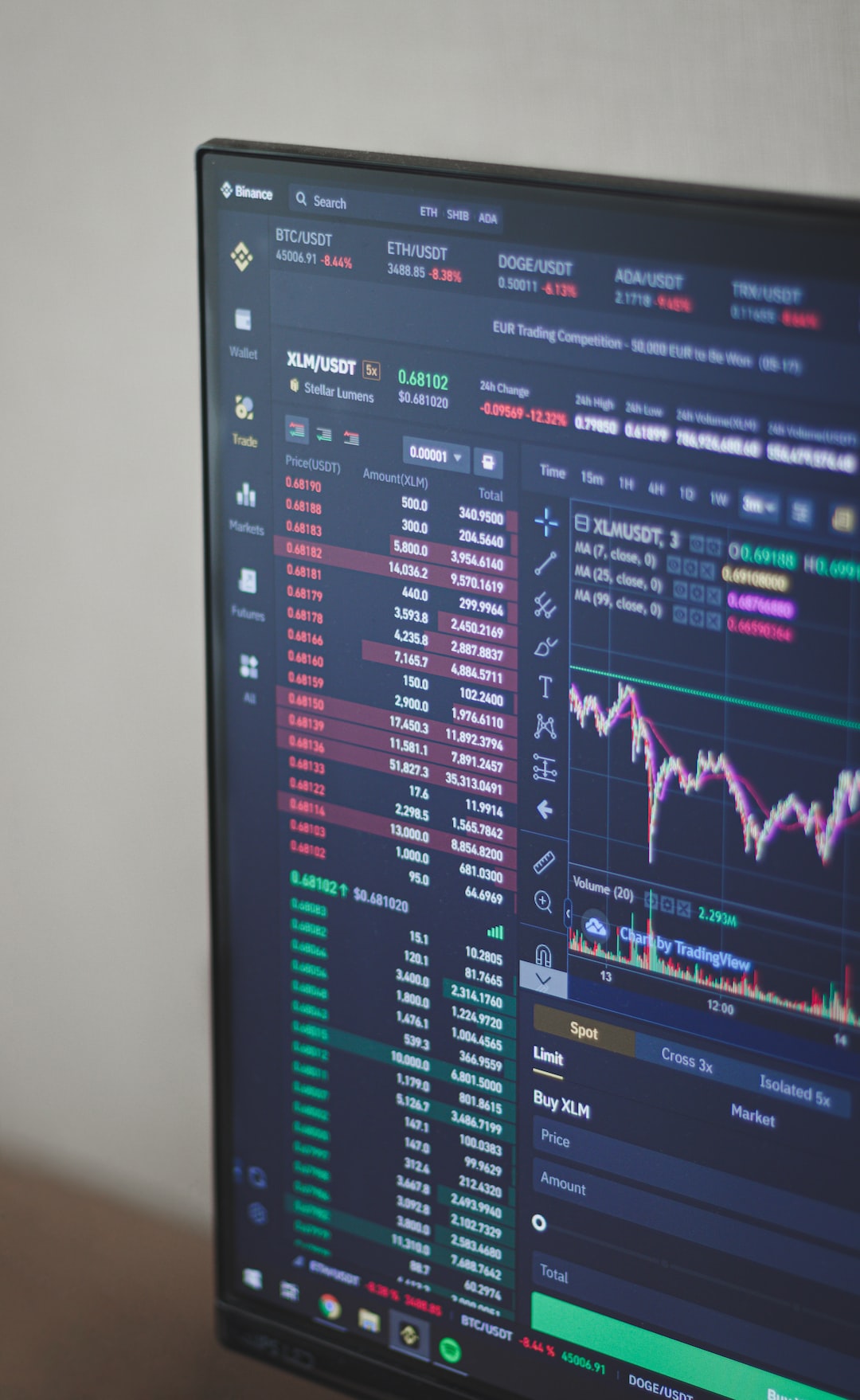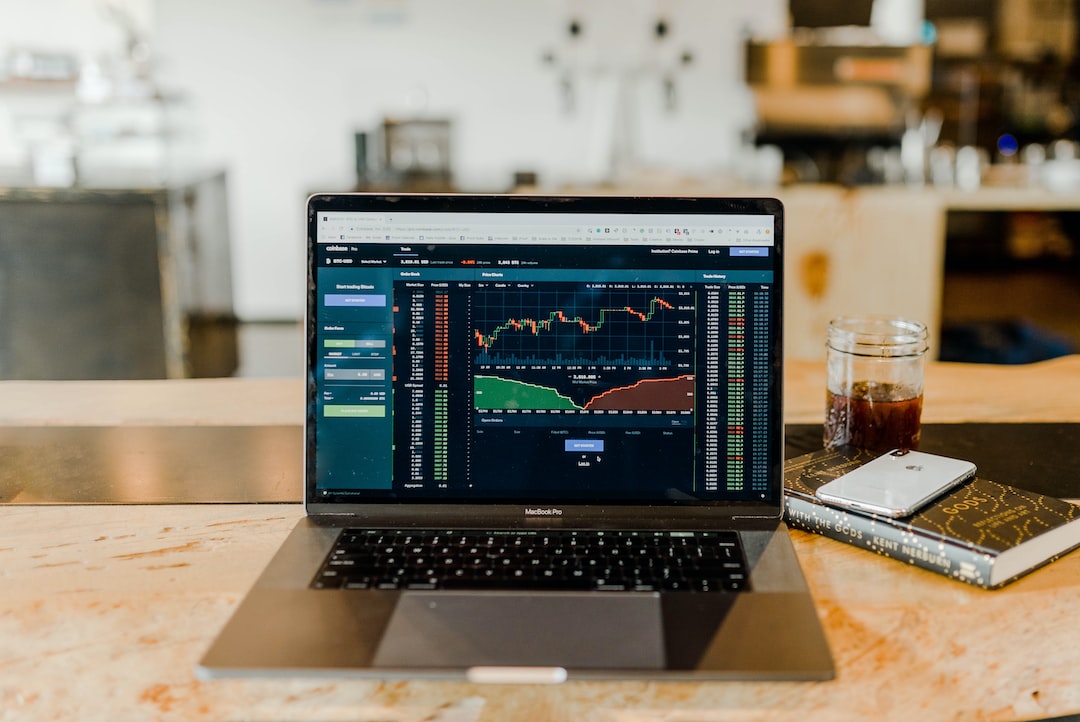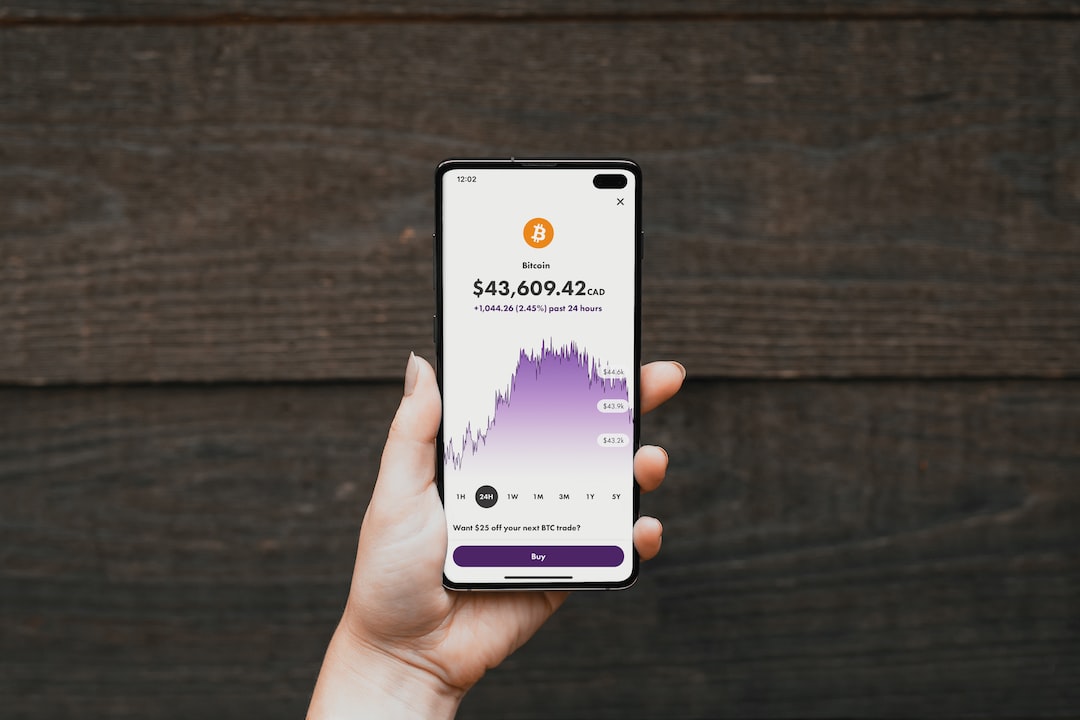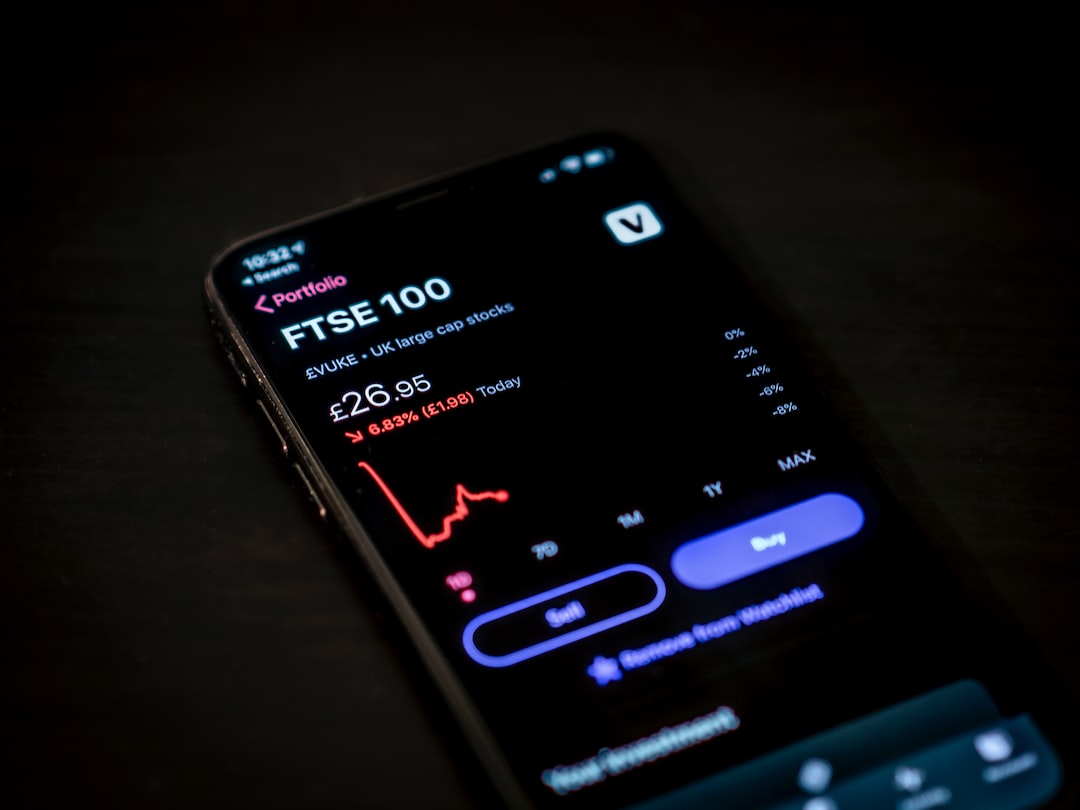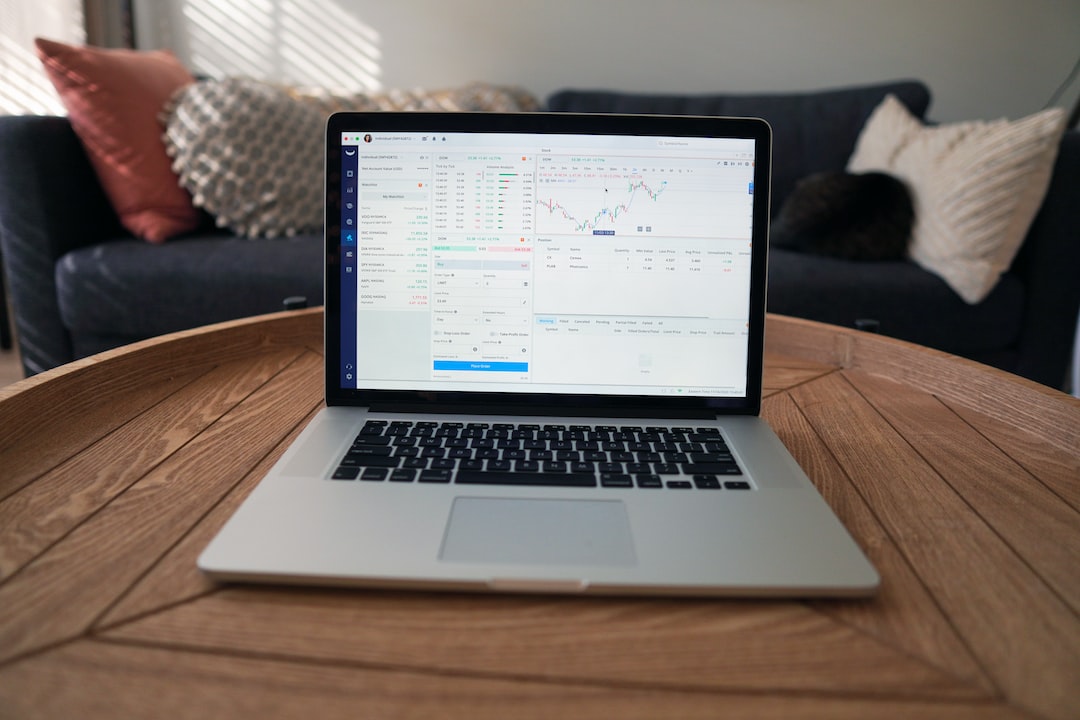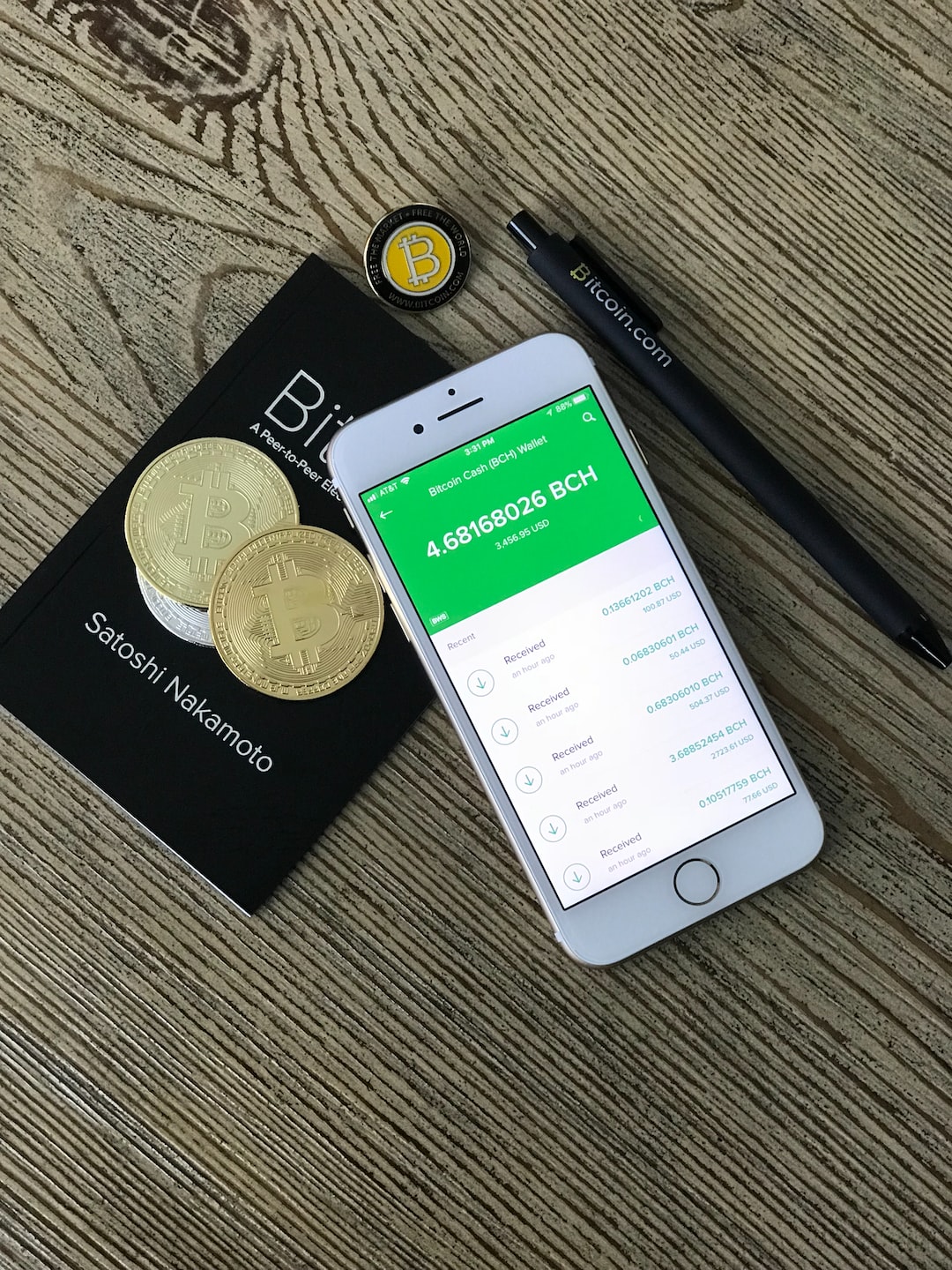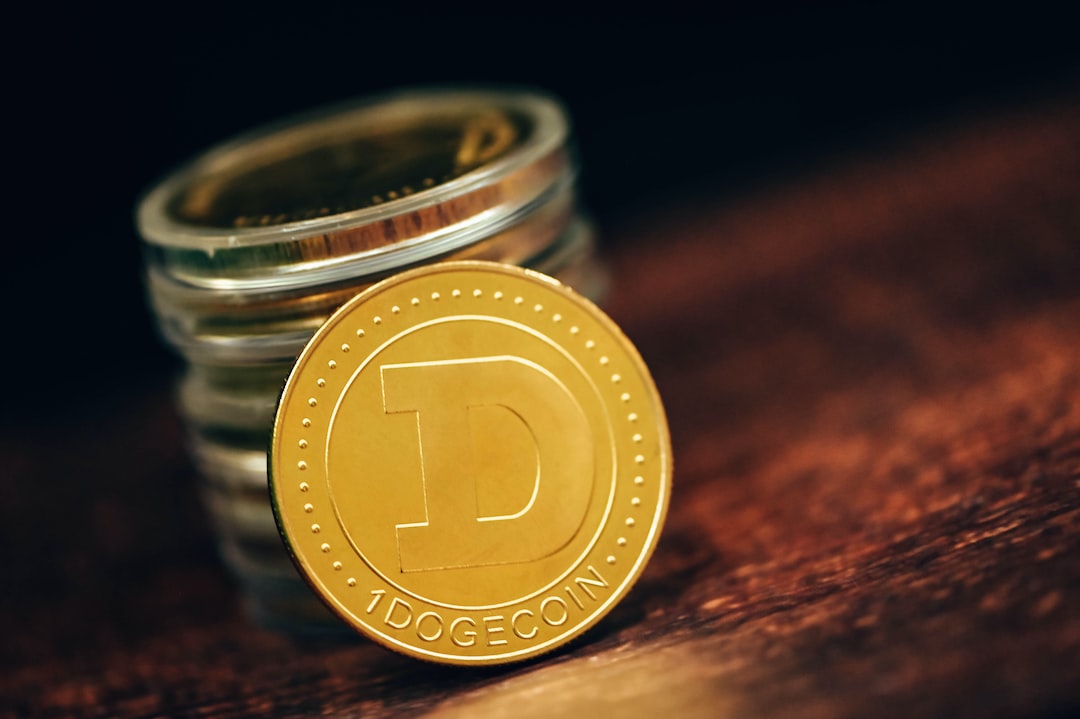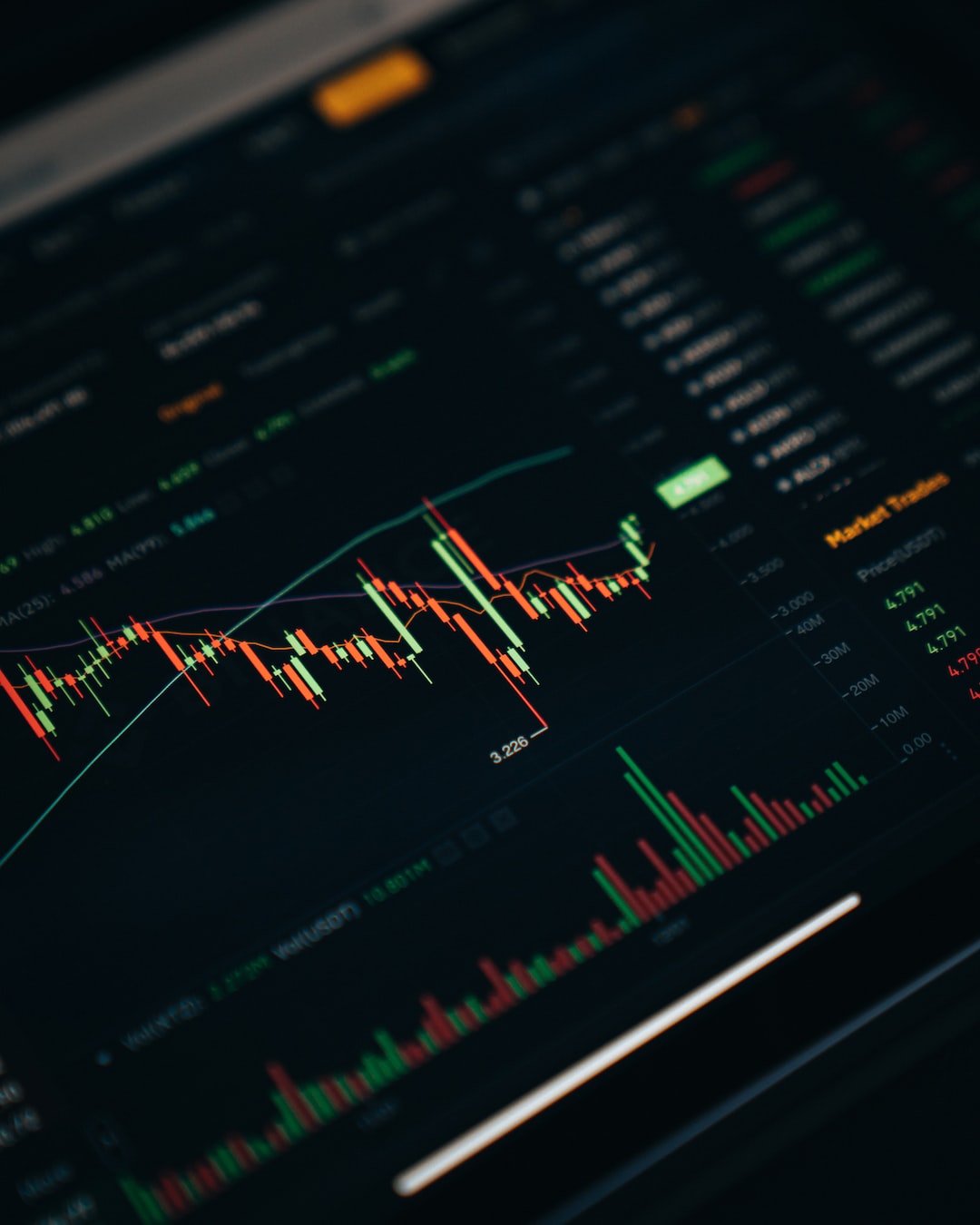Understanding the Metatrader 4 Platform: A Beginner’s Guide for Forex Traders
The forex market is the largest financial market in the world, with trillions of dollars being traded every day. As a forex trader, it is crucial to have the right tools and software to analyze the market and execute trades effectively. One such tool is the Metatrader 4 platform, which has gained immense popularity among forex traders due to its user-friendly interface and powerful features. In this article, we will provide a beginner’s guide to understanding the Metatrader 4 platform.
What is the Metatrader 4 platform?
Metatrader 4, commonly known as MT4, is a trading platform developed by MetaQuotes Software Corp. It is widely used by forex traders for its comprehensive charting and analysis tools, as well as its ability to execute trades directly from the platform. MT4 is available for free and can be downloaded from the broker’s website.
Navigating the MT4 platform
Upon launching the Metatrader 4 platform, you will be greeted with a clean and intuitive interface. The platform consists of several windows and tools that can be customized according to your preferences.
The main window, known as the “Market Watch,” displays a list of available currency pairs, along with their bid and ask prices. You can right-click on any currency pair to open a new chart or execute a trade.
The “Navigator” window is located on the left side of the platform and provides access to various features, such as indicators, expert advisors, and scripts. Indicators are used to analyze price movements, while expert advisors are automated trading systems that can execute trades on your behalf.
The “Terminal” window at the bottom of the platform displays your account balance, equity, margin, and other important information. It also allows you to monitor your open trades, view your trade history, and access the MT4 community.
Analyzing the market with MT4
One of the key features of the Metatrader 4 platform is its advanced charting capabilities. To open a chart, simply right-click on a currency pair in the Market Watch window and select “Chart Window.” You can then customize the chart by choosing different timeframes, adding indicators, and drawing tools.
MT4 offers a wide range of technical indicators, such as moving averages, MACD, and RSI, which can help you analyze price movements and identify potential trading opportunities. To add an indicator, go to the “Insert” menu and select “Indicators.” From there, you can choose from the list of available indicators and customize their settings.
Executing trades on MT4
To execute a trade on the Metatrader 4 platform, you can either use the “New Order” button in the toolbar or right-click on the chart and select “Trading” and then “New Order.” A new window will appear, allowing you to set the volume, stop loss, take profit, and other parameters for your trade.
MT4 also supports different order types, such as market orders, limit orders, and stop orders. Market orders are executed at the current market price, while limit orders are executed at a specified price or better. Stop orders, on the other hand, are executed when the market reaches a certain price level.
Managing your trades
Once you have executed a trade, you can monitor its progress in the “Terminal” window. This window displays your open positions, including the entry price, current price, and profit/loss. You can modify or close your trades by right-clicking on them and selecting the appropriate option.
MT4 also allows you to set stop loss and take profit levels for your trades, which are essential risk management tools. Stop loss orders automatically close your trade if the market moves against you, while take profit orders close your trade when the market reaches a certain profit level.
Conclusion
The Metatrader 4 platform is a powerful tool for forex traders, providing them with the necessary tools and features to analyze the market and execute trades effectively. By understanding the basic functionalities of MT4, beginners can gain a solid foundation for their forex trading journey. With practice and experience, traders can further explore the advanced features of the platform and develop their own trading strategies.


